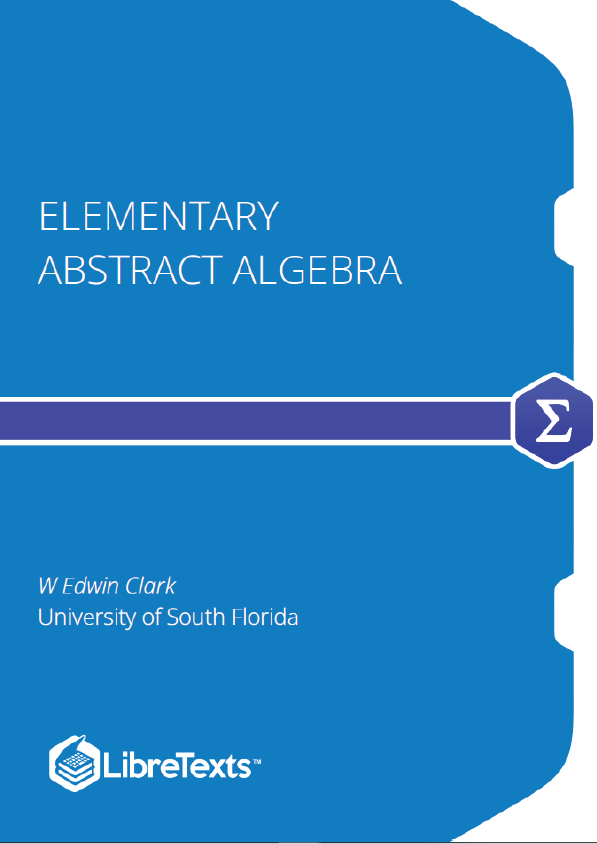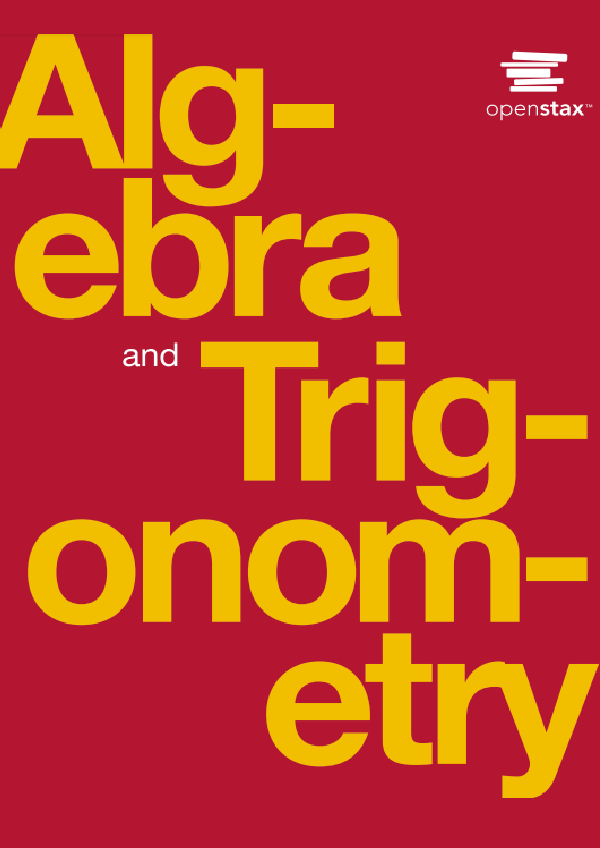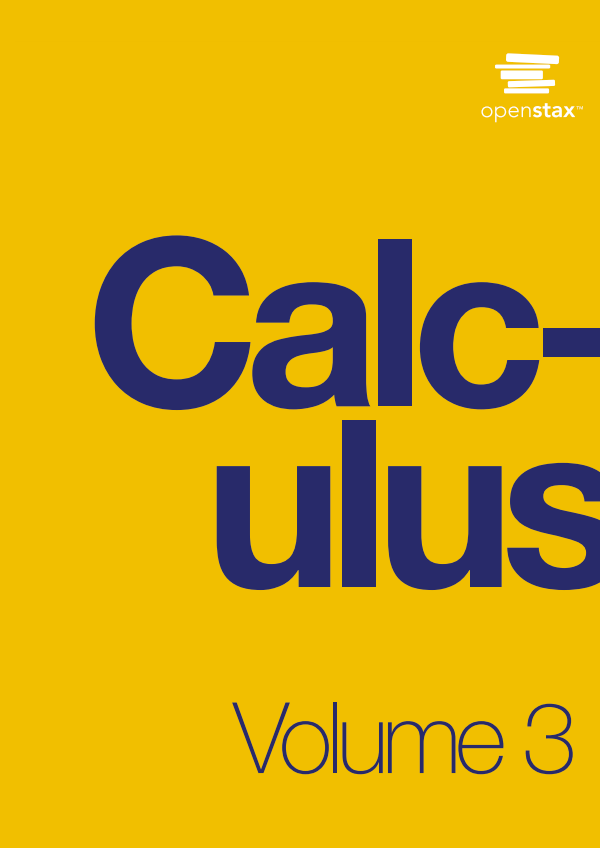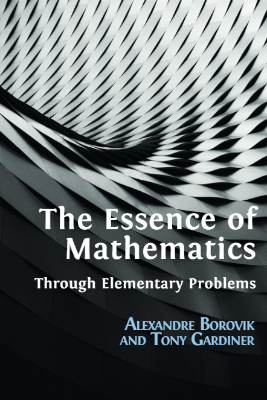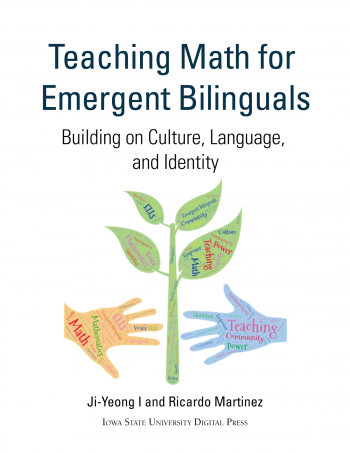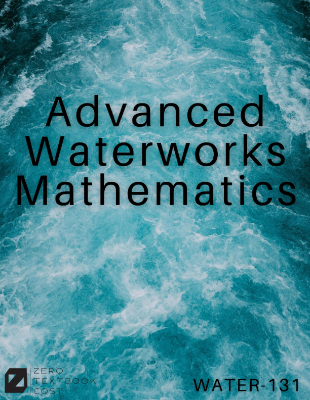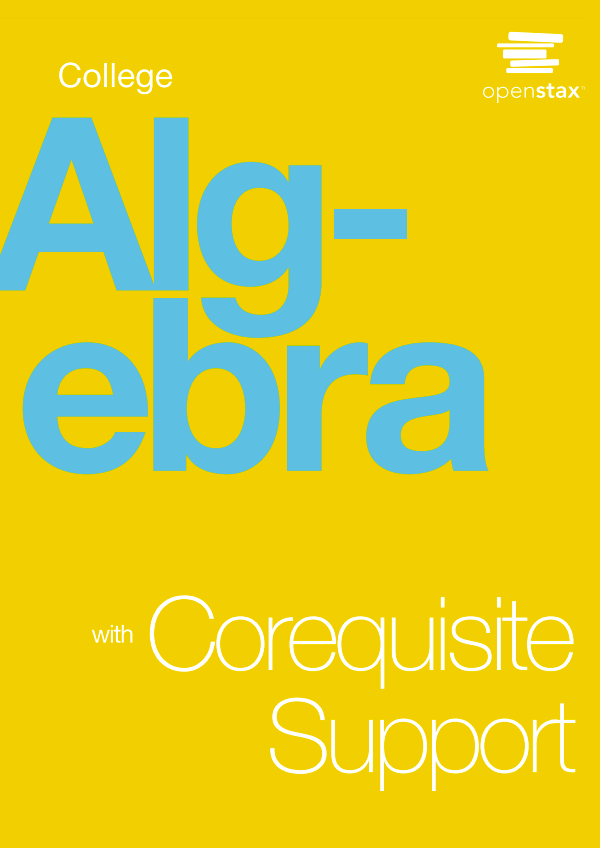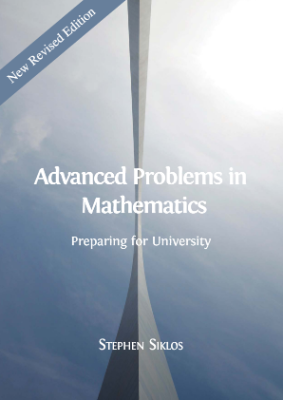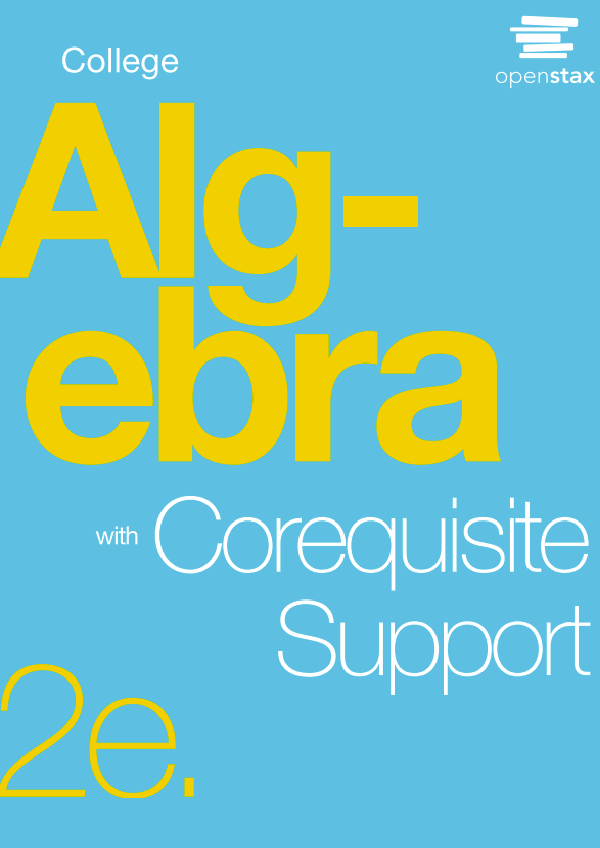This text is disseminated via the Open Education Resource (OER) LibreTexts Project (https://LibreTexts.org) and like the hundreds of other texts available within this powerful platform, it is freely available for reading, printing and “consuming.” Most, but not all, pages in the library have licenses that may allow individuals to make changes, save, and print this book. Carefully consult the applicable license(s) before pursuing such effects. Instructors can adopt existing LibreTexts texts or Remix them to quickly build course-specific resources to meet the needs of their students. Unlike traditional textbooks, LibreTexts’ web based origins allow powerful integration of advanced features and new technologies to support learning.
The LibreTexts mission is to unite students, faculty and scholars in a cooperative effort to develop an easy-to-use online platform for the construction, customization, and dissemination of OER content to reduce the burdens of unreasonable textbook costs to our students and society. The LibreTexts project is a multi-institutional collaborative venture to develop the next generation of openaccess texts to improve postsecondary education at all levels of higher learning by developing an Open Access Resource environment. The project currently consists of 14 independently operating and interconnected libraries that are constantly being optimized by students, faculty, and outside experts to supplant conventional paper-based books. These free textbook alternatives are organized within a central environment that is both vertically (from advance to basic level) and horizontally (across different fields) integrated.
This book is intended for a one semester introduction to abstract algebra. We assume that students have some familiarity with basic set theory linear algebra and calculus. But very little of this nature will be needed To a great extent the course is self contained except for the requirement of a certain amount of mathematical maturity. And hopefully the student’s level of mathematical maturity will increase as the course progresses.
The quaternions were invented by Sir William Rowan Hamilton about 1850. Hamilton was perhaps the first to note that complex numbers could be thought of as a way to multiply points in the plane. He then had the idea of trying to find a way to multiply points in so that the field axioms would be satisfied. He was unable to do this, but he finally found a way to define multiplication on so that the multiplication together with ordinary vector addition of elements of would satisfy all the field axioms except for commutativity of multiplication. He called these new objects quaternions. They turned out, like complex numbers, to have many applications in engineering and physics. This “number system” is denoted by for Hamilton since is already taken to denote the rational numbers.
